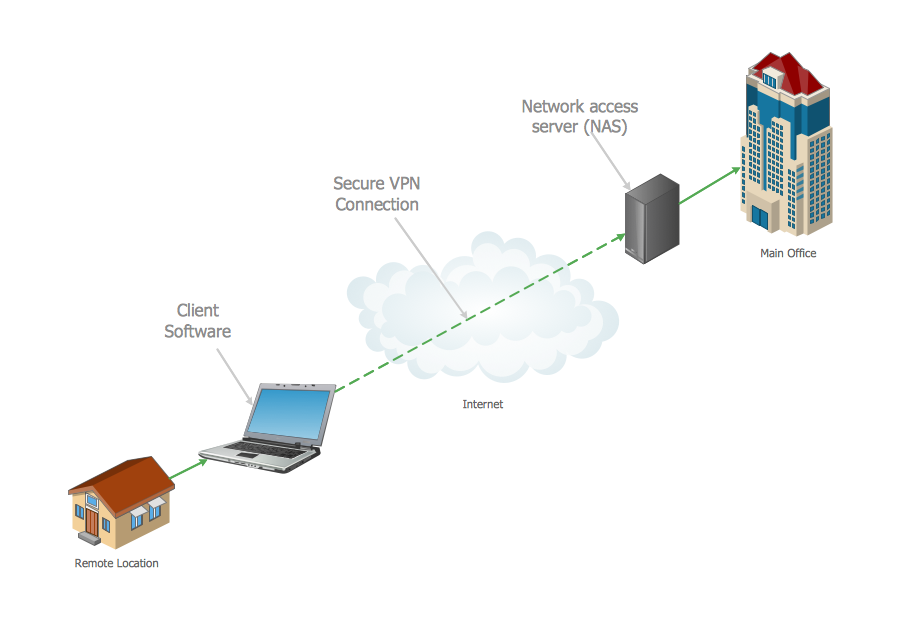

Instead of giving vendors and third-party contractors direct access to servers, a VPAM system separates employees from other credentials. Vendor Privileged Access Management (VPAM) Credential strategies include rotating keys frequently, 12-character passwords, system obfuscations, and better data access controls.

Privileged Access Management (PAM)īy implementing PAM, businesses can create high-level credentials that require increased security. For example, Amazon Web Services has an IAM service that can be used to connect with its remote servers. Instead of working with a VPN, businesses could choose to: Implement Identification and Access Management (IAM)Īn IAM provider incorporates network credentials with remote servers and makes the secure connection a part of the corporate environment. It's an added risk that breaks the “no privilege” model used in secure systems. It adds a layer of risk and must be monitored for suspicious activity. If the VPN server is virtually or physically located in another country, the target web server will identify your location as the VPN country location.įor businesses, VPNs are not always the best option. Remember, when connected to a VPN server, the IP address shown to the target server is the VPN server’s IP address. It adds double encryption to your communication, improving the security of your data. If you use an SSL/TLS connection, the data is encrypted and then encrypted again using the VPN service. With the tunnel set up, you use a virtual network connection between you and the VPN server that encrypts and protects data from eavesdroppers. You authenticate with the VPN server using your stored credentials and then receive a connection to the VPN servers. Technically, the VPN sets up a connection where your device communicates on the VPN network instead of the local network, including public Wi-Fi. Then, the VPN sends your data through its “tunnel” so that no one else on the network can eavesdrop and hijack your data. The idea is that the VPN service opens a “tunnel” between you and the targeted server. You often hear the term “tunneling” when it comes to VPN services. Instead of relying on a browser to encrypt communication between your device and the server, the VPN adds its own encryptions and routes communication via its own servers.
Virtual private network install#
Some VPN providers give you an install file to help with the setup process, which is helpful if you are unfamiliar with operating-system configurations.Ī VPN is an intermediary between your computer and the targeted server. These configurations are specific to each VPN provider, so yours equip you with their step-by-step instructions. Good VPN offers private IP addresses, which costs more but also offers increased freedom and anonymity on the Internet.Īfter you choose a VPN, you then must configure your device to use it.
Virtual private network download#
Service providers can download a list of VPN IP addresses and block them from accessing local services.

Some service providers block VPN IP addresses because spammers and malicious threat actors also use VPN to anonymize their connection. It should be easy to set up, available from any geolocation, and provide cryptographically secure encryption for adequate security in public Wi-Fi use.Ī main differentiating factor between a good VPN and one that offers little advantages is the number of users on a single IP address. For example, you need a provider with a protocol that all devices support. Several VPN providers are available, but each one has its pros and cons.

The first step in VPN setup is finding a provider that’s right for you.


 0 kommentar(er)
0 kommentar(er)
